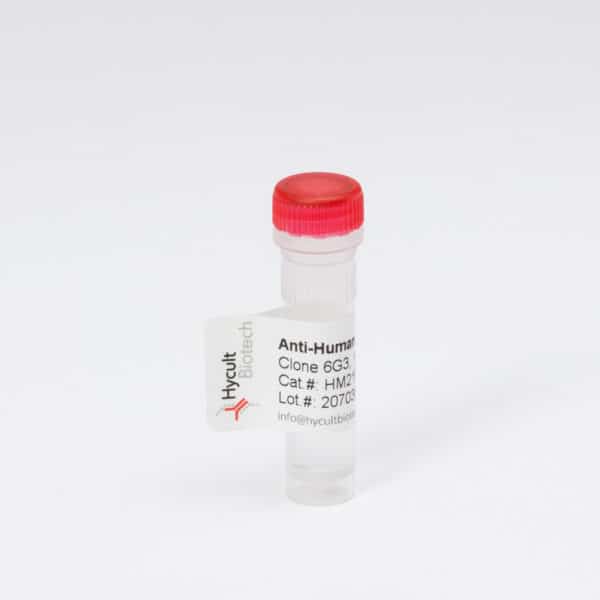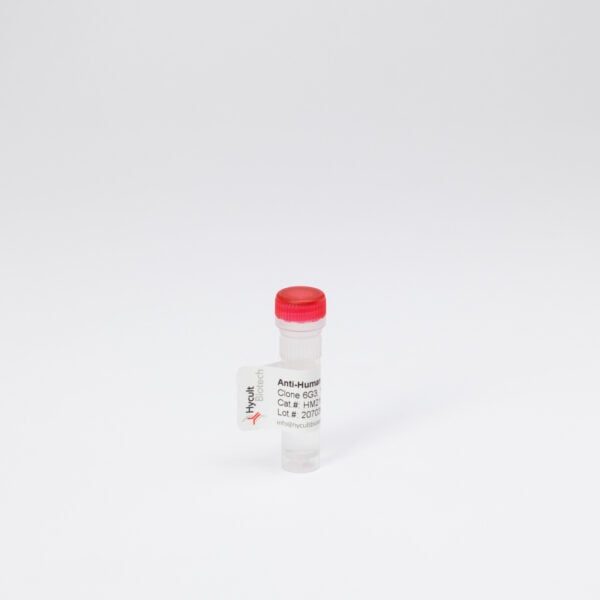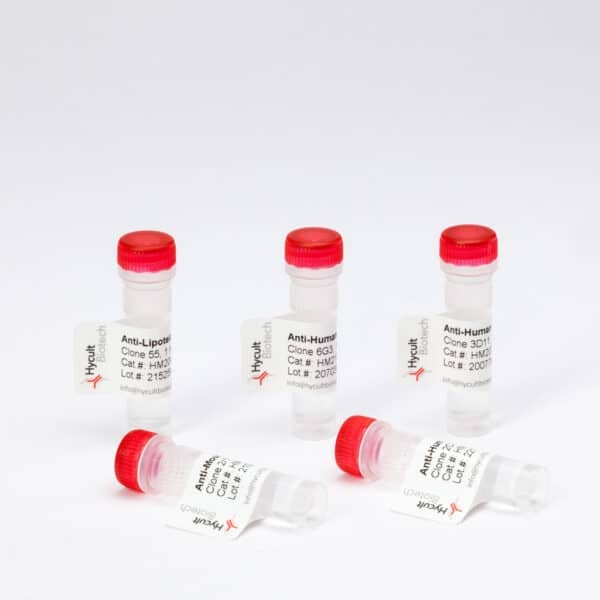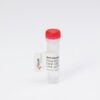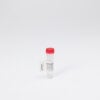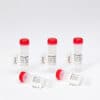MG-H1, mAb 1H7G5
€133.00 €456.00Price range: €133.00 through €456.00
The MG-H1 antibody clone 1H7G5 recognizes methylglyoxal 5-hydro-5-methylimidazolones (MG-H1). Glycation, or nonenzymatic glycation, is the nonenzymatic reaction of glucose and other reducing sugars with free amino groups of proteins, lipids and nucleic acids. The amino groups of the side chains of arginine and lysine are the primary targets for this type of modification. Over time, the initial glycation products may undergo intramolecular rearrangements and oxidation reactions (glycoxidation) and ultimately transfrom in stable, so-called advanced glycation end products (AGEs). Several compounds, e.g. NƐ-carboxymethyl-lysine (CML), pentosidine, or methylglyoxal (MGO) derivates, serve as examples of well-characterized and widely studies AGEs. AGEs have the potential to interact with a specific receptor (RAGE), a member of the immunoglobulin superfamily, initiating signal pathways that amplify inflammation and oxidative stress, and thereby leading to cellular injury and death. High levels of circulating AGEs are associated with cardiovascular disease, diabetes, chronic kidney disease, and increased mortality. Methylglyoxal (MGO) is an endogenous product of glucose metabolism. Increased production and accumulation of MGO, as well as increased modification of proteins by glycoxidation, are hallmarks of aging and diabetes. MGO was shown to modify proteins and to contribute to the accumulation of damaged proteins that can be toxic to cells. Besides argpyrimidine and tetrahydropyrimidine, methylglyoxal hydroimidazolones (MG-Hs) comprise the most prevalent arginine-derived AGE. They are formed as a mixture of three isomers by protein glycation with MGO. MG-Hs are estimated to modify 1–2% of all arginine residues found in lens proteins of elderly human subjects. Levels of this AGE have also been found to be elevated in patients with cardiovascular disease, Alzheimer’s disease, and diabetes mellitus.
